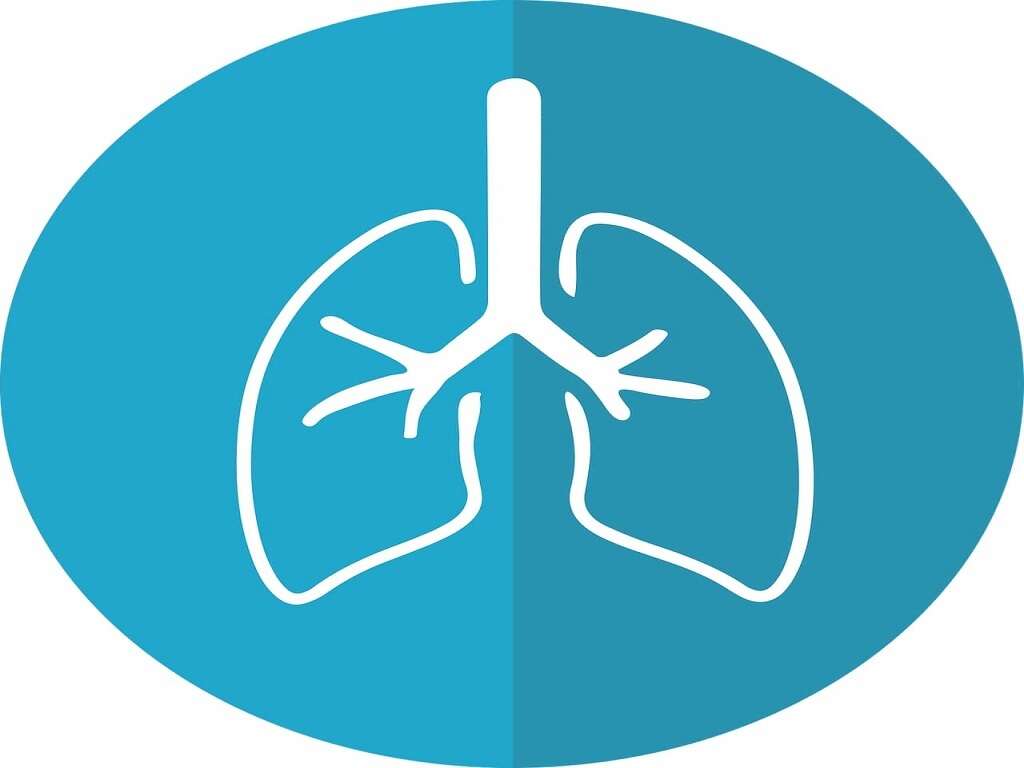What Is Legionnaires Disease?
Legionnaires disease is a bacterial infection caused by Legionella pneumophila. Its result is a dangerous form of pneumonia. Without immediate treatment, the disease can be fatal. A majority of people who contract the disease get it from a water source.
Estimates place the number of infected people in the United States between 10,000 and 18,000 annually. The disease is frequently serious enough to put its victims in intensive care. L. pneumophila also causes a milder illness called Pontiac fever.
1. Legionnaires Disease Symptoms
The incubation period for Legionnaires disease is between two and 10 days. This means that a person does not exhibit symptoms immediately after exposure to the bacteria. Frequently, the first signs to occur are muscle aches, headache and a fever that can exceed 104° F (40° C). Other symptoms begin to develop by the second or third day.
These symptoms include shortness of breath, chest pain and a cough that may produce sputum or blood. Nausea, diarrhea and vomiting are also possible, as is mental confusion. Though the disease primarily affects the lungs, the possibility exists for secondary infections to other areas of the body, including the heart.
2. Legionnaires Disease Causes
The bacterium L. pneumophila is a naturally occurring microorganism in freshwater bodies such as rivers and lakes. It can also persist in soil. In its natural environment, the bacteria do not typically present a problem. It becomes a human health hazard when it enters into and proliferates in human-made water systems.
A majority of outbreaks occur in large buildings, though it is possible to contract the disease from home plumbing systems. Exposure is frequently linked to cooling towers, hot tubs and whirlpools, swimming and birthing pools, decorative fountains, hot water tanks and heaters and drinking water.

3. Legionnaires Disease Spread
Legionnaires is not contagious. It does not spread from person to person. Instead, it is spread most often through water. Once the bacteria is present throughout a water system, it can be present in microscopic drops of water that end up in the air. These droplets are small enough for a person to inhale them.
Occasionally, people get the disease when they aspirate water containing the bacteria, such as when water accidentally enters the lungs while drinking. There have been a few instances when a person contracted Legionnaires disease after working in the garden, but this is very rare.
4. Legionnaires Disease Risk Factors
Not everyone who is exposed to L. pneumophila ends up with the disease. The most common risk factor is smoking. The damage smoking causes to the lungs makes smokers more likely to contract Legionnaires disease. Individuals over the age of 50 are also at higher risk.
Various health conditions increase the likelihood of getting the disease after exposure to the bacteria. People with immune system deficiencies, cancer and chronic lung disease are more susceptible. Also vulnerable are those who have underlying conditions such as liver and kidney failure or diabetes.

5. Legionnaires Disease Complications
Legionnaires disease can be fatal when left untreated. It can also lead to a few serious complications, even with treatment. Septic shock is one potential outcome. This involves a sudden drop in blood pressure that reduces blood flow to vital organs. When this happens, the heart attempts to compensate and becomes weakened in the process, further reducing blood flow.
Kidney and respiratory failure are also possible. When the kidneys fail, they are unable to remove waste, leading to a buildup of toxins in the body. Respiratory failure results in the inability of the lungs to produce enough oxygen for the body or to remove enough CO2 from the blood.
6. Legionnaires Disease Diagnosis
Legionnaires disease leads to pneumonia, a condition that can be diagnosed with an X-ray. Verifying that the cause of the pneumonia is L. pneumophila requires additional tests. Some of the most accurate test methods are not available in all hospitals.
Urine or sputum samples are collected to test for the presence of the bacteria. Sputum cultures can be stained and examined under fluorescent lighting to detect L. pneumophila or supplied with nutrients that cause the bacteria to grow. Antibody testing is another possible means of identifying Legionnaires disease.

7. Legionnaires Disease Treatment
Antibiotics are the primary course of treatment. Fortunately, the disease can be cured using a number of varieties, so people with sensitivity to one antibiotic can be given a different type. Treatment typically leads to recovery in previously healthy individuals.
For those who do not get immediate care or who have immune-deficiencies, complications are more likely. Approximately one out of 10 patients with the disease die due to complications. For those who contract it in a healthcare facility, fatalities occur in one out of four cases.
8. Legionnaires Disease Prognosis
Hospitalization for Legionnaires disease is typical. In general, however, the prognosis for people who seek treatment immediately is excellent. Full recovery is common, particularly in healthy individuals. Those with underlying conditions or who delay treatment can still recover, but they frequently require extended time in the hospital.
Though full recovery is likely for most, getting back to normal is often a gradual process. After leaving the hospital, many experience ongoing symptoms of fatigue, loss of energy and an inability to concentrate that can last for several months. Occasionally, people continue to experience shortness of breath with exertion or a persistent cough.

9. Legionnaires Disease Prevention
The most important preventative measure is proper water management. Legionnaires disease spreads through water systems in large buildings and spaces that are potentially frequented by numerous individuals. This tends to cause outbreaks of the disease, where multiple people contract it at a single location.
Cooling systems, fountains, hot tubs and swimming pools all require regular attention to reduce the likelihood that L. pneumophila proliferates and spreads. Keeping these systems clean is critical. For hot tubs and swimming pools, it is important to maintain the appropriate level of chemicals to prevent bacteria growth. This is particularly important with hot tubs, as the bacteria prefer warm environments.
10. Legionnaires Disease vs. Pontiac Fever
Legionnaires disease is a serious illness caused by L. pneumophila. However, the bacteria also cause Pontiac fever, a much milder disease. The symptoms of Pontiac fever are similar to those of the flu. The illness does not lead to pneumonia. Pontiac fever is often seen during outbreaks of Legionnaires disease.
Diagnosis is generally made using a urine or blood test, though false negatives are not uncommon. If the individual was potentially exposed to L. pneumophila, then a Pontiac fever diagnosis can still be made when test results are negative. People with the illness typically recover without specific treatment.










